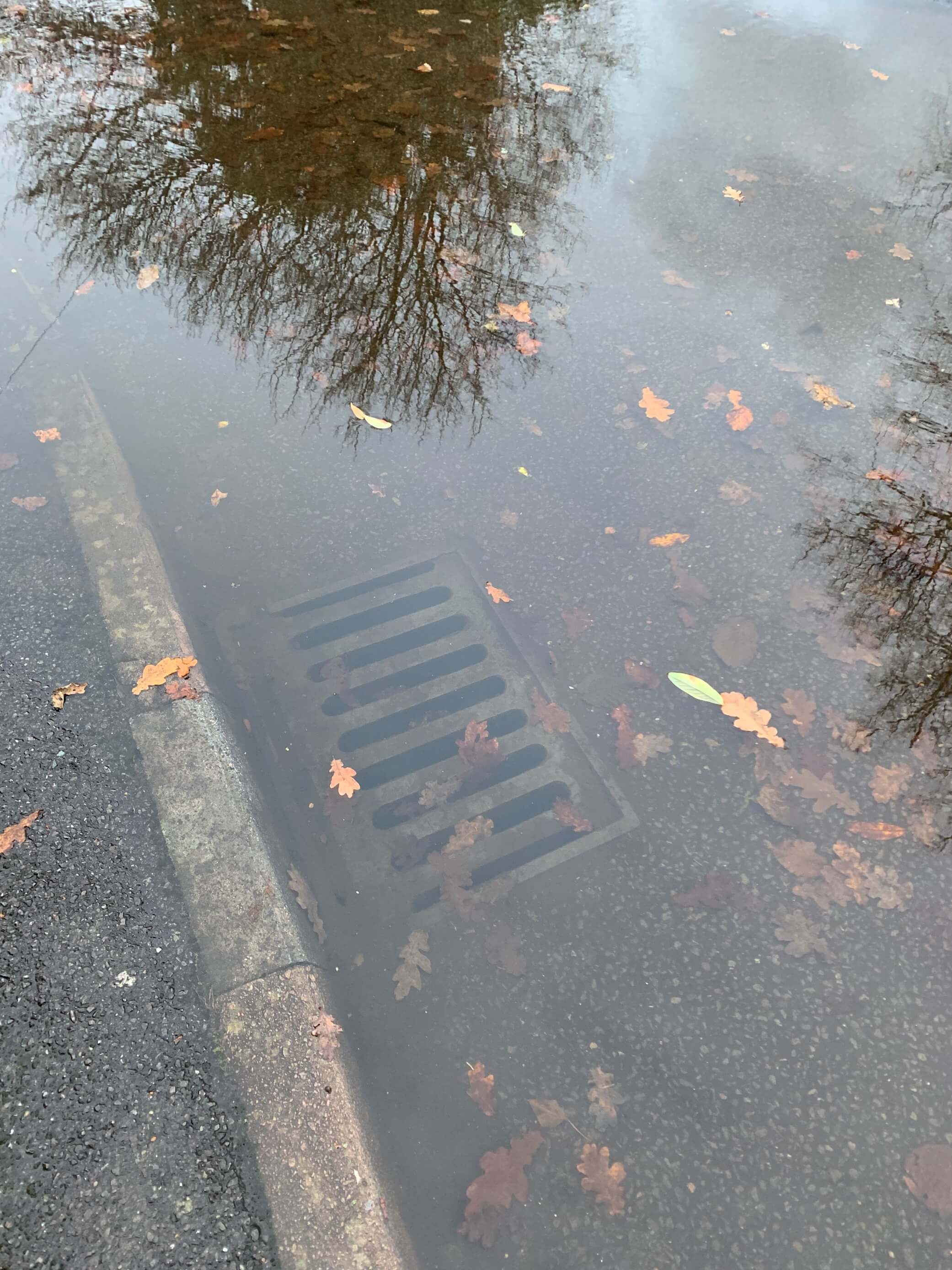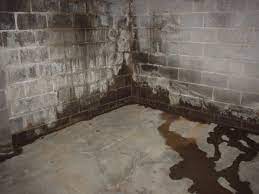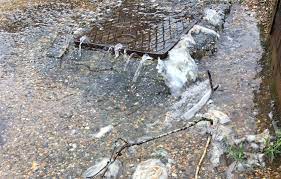Types of flooding
When it floods, it's important to react fast to minimise damage. The first thing to do is identify what type of flooding you're dealing with. Where's the water coming from? What does it look like? This will help determine who's responsible for fixing the problem.
Different organisations manage different parts of the drainage system. Sometimes the cause of flooding is hard to pinpoint, or outside anyone’s control – for instance, when a severe storm happens. We've tried to make it easier for you by listing the four major types of flooding here, along with who to contact about each one.

River flooding
At times of heavy or continued rainfall, river levels rise and can burst their banks. This can cause serious flooding to surrounding homes, gardens, businesses and land.
If you live in a high-risk flood area, you should check current flood warnings and river levels regularly.
Who to contact
For flooding of major rivers, you should call the Environment Agency's 24-hour flood line on 0800 80 70 60.
For flooding of small rivers, streams and brooks, you should contact your local council.

Road flooding
Heavy rain can sometimes cause surface-water flooding. Normally excess rainwater is diverted into roadside gullies, which feed into our sewers. If the gullies or sewers become blocked, water can back-up and flood a road.
Who to contact
If gullies are blocked with leaves or other debris and water isn't draining away after the rain has stopped,contact your local council.
If the flooding is caused by a burst water main,report it to us.
If the flooding is coming from a sewer (usually from a manhole),report it to us.

Groundwater flooding
This sort of flooding is where water gets into a building from the ground, normally where the water table is high. This means it’s most likely to affect a basement.
It will typically seep through walls or floors and build up over time, rather than appear suddenly.
Who to contact
If you’ve been affected by groundwater flooding, you should contact your local council.

Sewer flooding
Sewer flooding causes can include blockages, heavy rainfall or system failure. It usually affects outside areas, like gardens and roads. Sometimes sewers can flood the inside of properties too, through sinks, toilets and showers.
Who to contact
Call us on 0800 316 9800.
Our step-by-step guide tells you what to do when a sewer floods
If it's inside your property, you should call your insurance company too.
WhatsApp us
Message us on WhatsApp, so you can get on with your day and respond at your pace. We're available 24/7.